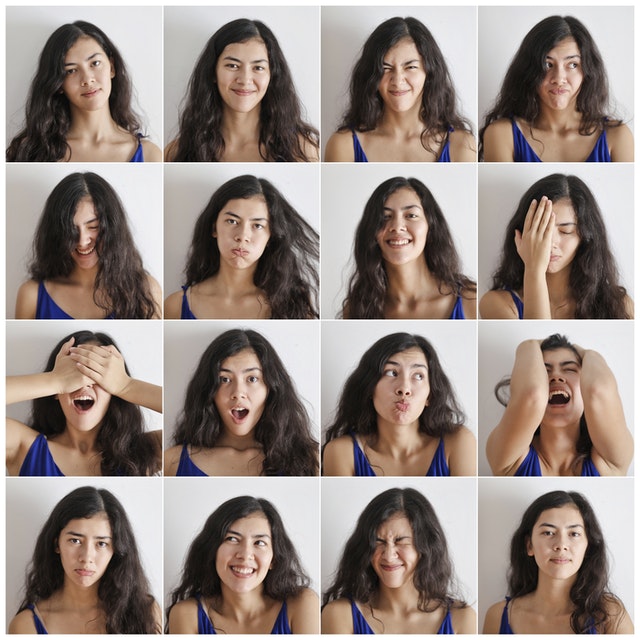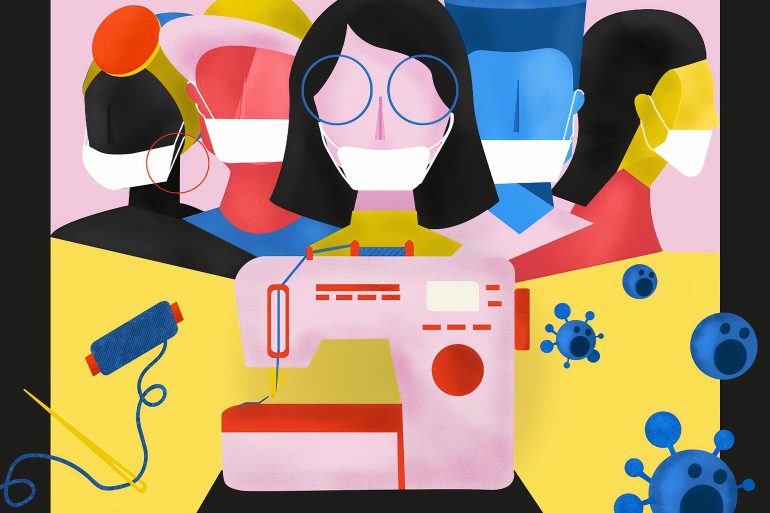Recently, there has been a flood of trend reports re-imagining a post-covid world. Unfortunately, they are designed either for businesses or economists. They focus on hard facts, and ask linear questions—which industries are failing, or what products a consumer will be or won’t be buying.
Design, on the other hand, needs an understanding and not just facts. It prefers to understand the new world, so we could decide for ourselves. It questions to understand the context—what is changing in the world, how are users beginning to think, what do they cherish now, what will influence their design preferences in the future?
To answer these questions, we need to understand the relationship between design and the user in a covid world. We need to place our bets correctly on all three factors—design, users and a world transforming in the covid pandemic—to get the trifecta right. To understand that, the questions to investigate are: How has this pandemic shaped our users’ beliefs and motivations, and how are these motivations likely to influence design choices? Often, traditional research is not enough. The results of such an exercise rarely deliver a comprehensive understanding. On the other hand, understanding the innate value system of a person, with the classical cognitive or personality theory is a good way to start.
Personality Theory and Behaviour Change
Personality theory begins with explaining motivation, but can be stretched all the way to explaining behaviour. Both of which are critical for design. Personality is one of the major factors that guide our behaviour, and can assessed to some extent by using the *16 personalities theory that owes its roots to the widely acknowledged Myers Briggs study, and the classical Jungian theory.

In plain English: Users are grouped into four major groups, each driven by a distinct motivation. It is this motivation that shapes their behavioural response to the covid crisis. If we study that, we can arrive at design directions according to the four personality types: Diplomats, Sentinels, Analysts and Explorers. (Read more about these personalities here.)
By extending the core values of each of the four personality types, we can arrive at potential behavioural patterns. And so we can craft the design directions that will be an effective response to these behaviours:
- Conscious Consumption
Diplomats represent the largest group at 40%. They are concerned about people and quality of life, and are motivated by co-operation and idealism. They are likely to prefer products that promote conscious consumption, or the good of the community. Products designed around local produce, small business/community benefit, environmental safety, will appeal to this group.
- Securing Safety
Sentinels (23%) are driven by security and they also tend to follow the majority mandate. Designing around economic resilience, family safety, good health will appeal to this group.
- Study and Plan
Analysts (20%) are driven by rationality and intellectualism and react more to information and facts than to emotions and insecurity. They are likely to arrive at their own conclusions, reacting to the situation as it unfolds. This group will be motivated by products that offer information and planning. - Rewarding Experiences
Lastly, Explorers (17%) are motivated by experiences and are willing to take risks. They like to live on the edge and are comfortable with taking impulsive decisions. This group is most likely to return back to their previous lives quickly. Travel for fun, eat out, go shopping. Designing for experiences and sensory fulfilment will appeal to this group.
Crafting Design strategies
First, while personality theory is a critical aspect explaining behaviour, there is much more that influences decisions. Context of use and personal experiences also drive behaviour, and designers need to factor in a complexity of other information.
Second, let’s not forget the brand. The business already has a start on the type of user or values it expects to focus on. The work now, is to first pick the relevant values, (and therefore the right personality group), and sharpen design strategy around it. A financial service brand might either focus on building marketplace experiences, or helping with information and planning, guided by its own brand strategy.
Lastly, while the above mechanisms offer direction, design strategies need imagination. For instance, while designing a café, the design direction of “Conscious Food” would appeal to the diplomats (40%), offering them sustainability and local produce. But what if we designed around “Authentic Experiences”, offering conscious food with a local experience. Then we could appeal to both Diplomats and Explorers (40% +17%). Offering a more expansive brief for creative design.
This is the age of the designer. Uncertainty and imagination are our strengths and this is our time to shine. But we must do so armed both with discerning information, and the bravery to design freely. For us, it has never been about facts, but about being informed to reimagine the future. In the words of the intrepid Hans Solo,” Never tell me the odds.”
_______________________________________________________________________
Disclaimer:
All rights on 16personalities theory remain its property, specifically the definition of 4 major personality types. However, all interpretations around coping mechanisms, design directions, as well as other conclusions, are framed by Future Factory. This work is non commercial, with the intention of informing and assisting our communities to respond appropriately to events that have shaped our world.

